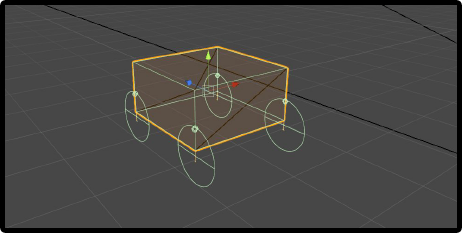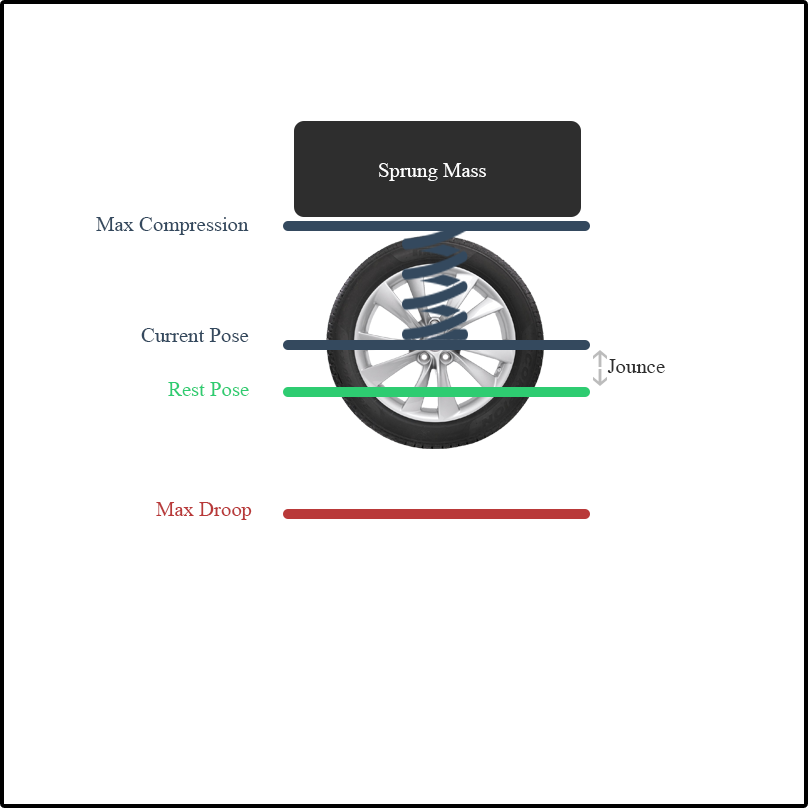background
after built the Gitlab server in LAN for two month, managing about 20 projects in ADS group currently. the needs for CI is coming up. at very beginning, I tried Gitlab CI runner, doesn’t work through. so Jenkins!
Jenkins installation
there is a great series Maxfields jekins-docker tutorial, since originally I had Docker env and which is a prepartion for cloud deployment in future.
start Jenkins in Docker
|
|
also Jenkins installed directly in Ubuntu
Jenkins integrated with Gitlab
Jenkins default has integrated with BitBucket and Github, to integrate with Gitlab:
- set Gitlab token
in Gitlab Project main page, go to User Profile >> Settings >> Peronsal Access Token, naming the token and click api domain, the token is generated.
- install Gitlab Plugins
in Jenkins main page: Manage Jenkins >> Manage Plugins >> Search Available Plugins (gitlab).
- add gitlab key credentials
in Jenkins main page, go to Credentials, choose the key type to Gitlab API token, then generate the key credential, used to access Gitlab project.
- configure Jenkins with gitlab
in Jenkins main page, go to Manage Jenkins >> Configure System, at the gitlab section, add the gitlab host url and use the credential created at previous step.
since the gitlab server is hosted in LAN, even don’t have DNS for the gitlab server, purely raw IP address. so the gitlab host URL is like:
http://10.20.110.110:80
rather than the project git url (e.g. http://10.20.110.110/your_name/your_project.git)
Gitlab Hook Plugin
gitlab events will be post to Jenkins through webhook, which is a common way to notify external serivces, e.g. dingding office chat, JIRA e.t.c. To set it up, need to configure Gitlab Hook plugin in Jenkins.
as mentioned in this post, JDK10 or 11 is not supported for Jenkins, if the current OS system has already JDK11, need addtionally install jdk8, and configure the default jdk=8:
|
|
Jenkins Project
add a new Jenkins Item, select FreeStyle, go to Configure.
in Source Code Management section, select Git. add Repository URL and set gitlab username and password as Jenkins Credentials.
in Build Triggers section, select Build when a change is pushed to Gitlab, which display the Gitlab webhook URL: http://localhost:8080/jenkins/project/demo; go to Adavance section to generate the secret token.
when getting all these done, back to Gitlab project, as Admin or Maintainer, in Project Settings >> Integrations >> Add Webhooks.URL and Secret Token are from the previous settings.
there is a common issue: Url is blocked: Requests to localhost are not allowed, please refer to allow request to localhost network from system hooks
refer
riot games: putting jenkins in docker
jenkins to gitlab authentication
mind the product: PM’s guide to CD & DevOps
manage multi version of JDK on Ubuntu






